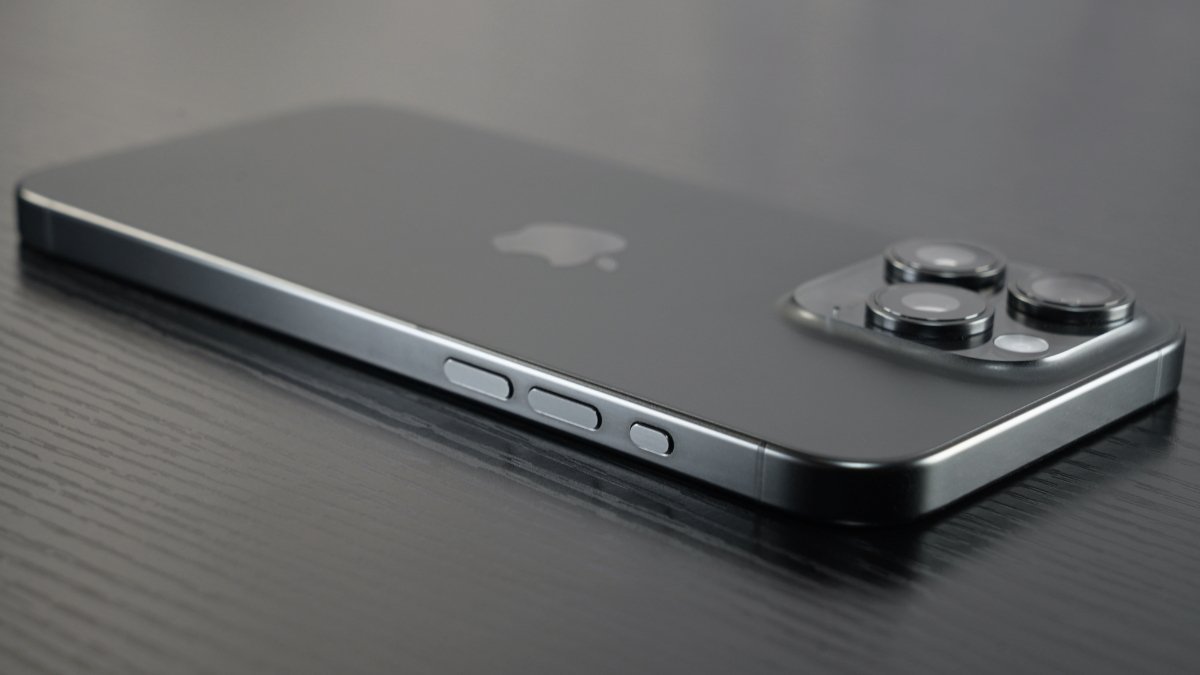Apple may switch up the type of flash memory used in its higher capacity iPhone 16 models, with higher density but potentially slower Quad-Level Cell NAND reportedly being considered.
Apple and other smartphone producers have gradually increased the amount of storage on their products, but doing so increases the cost of hardware. Now, Apple seems to be looking into using a cheaper memory option.
The change could have Apple moving from the use of Triple-Level Cell (TLC) NAND flash for storage in favor of Quad-Level Cell (QLC) NAND flash for models with a storage capacity of 1TB or more, according to industry sources of DigiTimes.
QLC offers a benefit to over TLC in that it can store four bits of data per cell of memory, rather than three. This allows for QLC NAND flash to store more than TLC when using identical numbers of cells, or comparative capacities with fewer cells. This, in theory, reduces production cost.
QLC vs TLC may not matter at all to iPhone usability
However, QLC does this with some sacrifices. QLC NAND flash is considered less reliable than TLC, with reduced endurance for writing data because there are more writes per cell since each cell contains one more bit.
This is accomplished by using 16 different charge levels it can store versus the eight used by TLC. By having more charge levels and reduced margins when reading data, this does introduce the possibility of increased bit errors due to increased noise.
If Apple does proceed with the plan, it will ultimately mean that iPhone 16 users with 1TB of storage may encounter slower data write speeds than those at a lower capacity. This, in turn, could reduce some elements of performance for users with high performance demands.
The difference in performance may not be considered considerable enough to be a problem. For example, a commercially available SSD could offer write speeds of 550MB/s with TLC flash storage when the high-speed cache is full, while a comparable TLC version may hit 450MB/s or 500MB/s instead.
This is of more concern to a workstation computer, rather than a mobile device. Mobile device flash writes tend to be in bursts, rather than sustained like a workstation.


